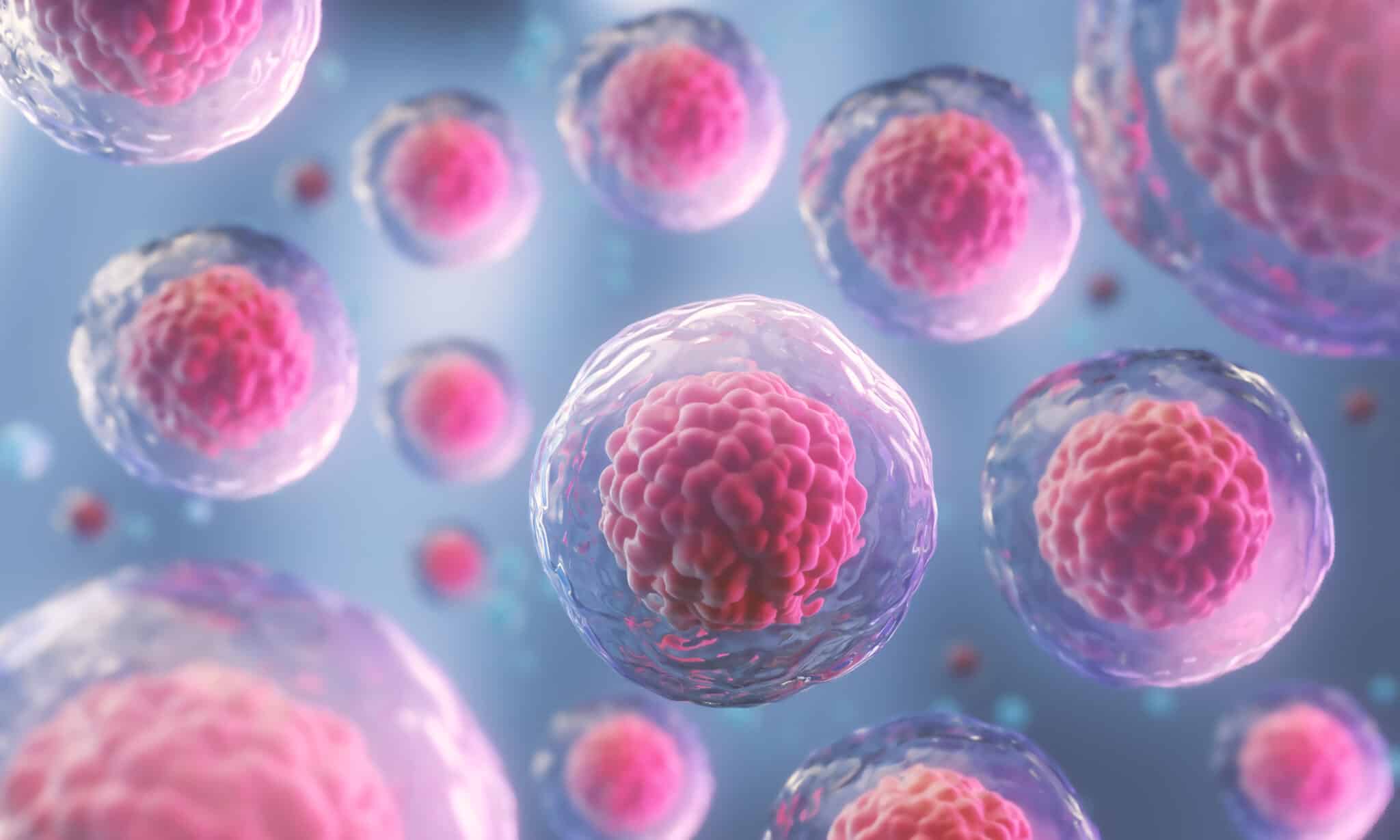Spinal cord injuries (SCIs) are among the most devastating traumas a person can endure, often resulting in permanent disabilities and significant challenges to daily life. However, recent advances in medical science have led to the exploration of stem cell therapy as a potential treatment option. This innovative approach holds promise in the quest to improve the lives of those affected by spinal cord injuries.
Understanding Spinal Cord Injuries
A spinal cord injury (SCI) is a severe medical condition characterized by damage to the spinal cord, which is a crucial bundle of nerves that extends from the brain down the spine.
This injury can result from various causes, including traumatic accidents, and it often leads to a range of debilitating effects. Depending on the location and extent of the injury, individuals with SCI may experience partial or complete loss of motor function, sensation, and control below the affected area.
The Promise of Stem Cell Therapy
Stem cells are unique cells with the extraordinary ability to differentiate into various types of specialized cells in the body. They also possess the capacity for self-renewal, allowing them to create more stem cells. This regenerative potential makes them an ideal candidate for treating spinal cord injuries.
Types of Stem Cells Used
- Embryonic Stem Cells (ESCs): Derived from embryos, these cells have the highest differentiation potential, being able to form virtually any type of cell in the body.
- Induced Pluripotent Stem Cells (iPSCs): These are adult cells (often skin cells) that have been reprogrammed to have embryonic stem cell-like properties. They offer a promising avenue for patient-specific treatments, reducing the risk of rejection.
- Adult Stem Cells (Mesenchymal Stem Cells): These cells are found in various tissues of the body, such as bone marrow, adipose tissue, and umbilical cord blood. They have shown promise in aiding tissue repair and modulating inflammation.
How Stem Cell Therapy Works for Spinal Cord Injuries
The potential benefits of stem cell therapy for spinal cord injuries are multifold:
- Cell Replacement: Stem cells can differentiate into various cell types needed for spinal cord repair, including neurons, astrocytes, and oligodendrocytes.
- Promotion of Regeneration: Stem cells secrete bioactive molecules that stimulate the growth and repair of damaged tissue.
- Immunomodulation: They can help regulate the immune response, reducing inflammation and promoting a conducive environment for healing.
- Axon Regeneration: Stem cells may encourage the regrowth of nerve fibers, potentially restoring lost function.
Conclusion
While there are challenges to overcome, ongoing research and advancements in technology are steadily pushing this field forward. As trials progress and techniques improve, we may be on the brink of a new era in spinal cord injury treatment, offering hope and improved quality of life for countless individuals.
